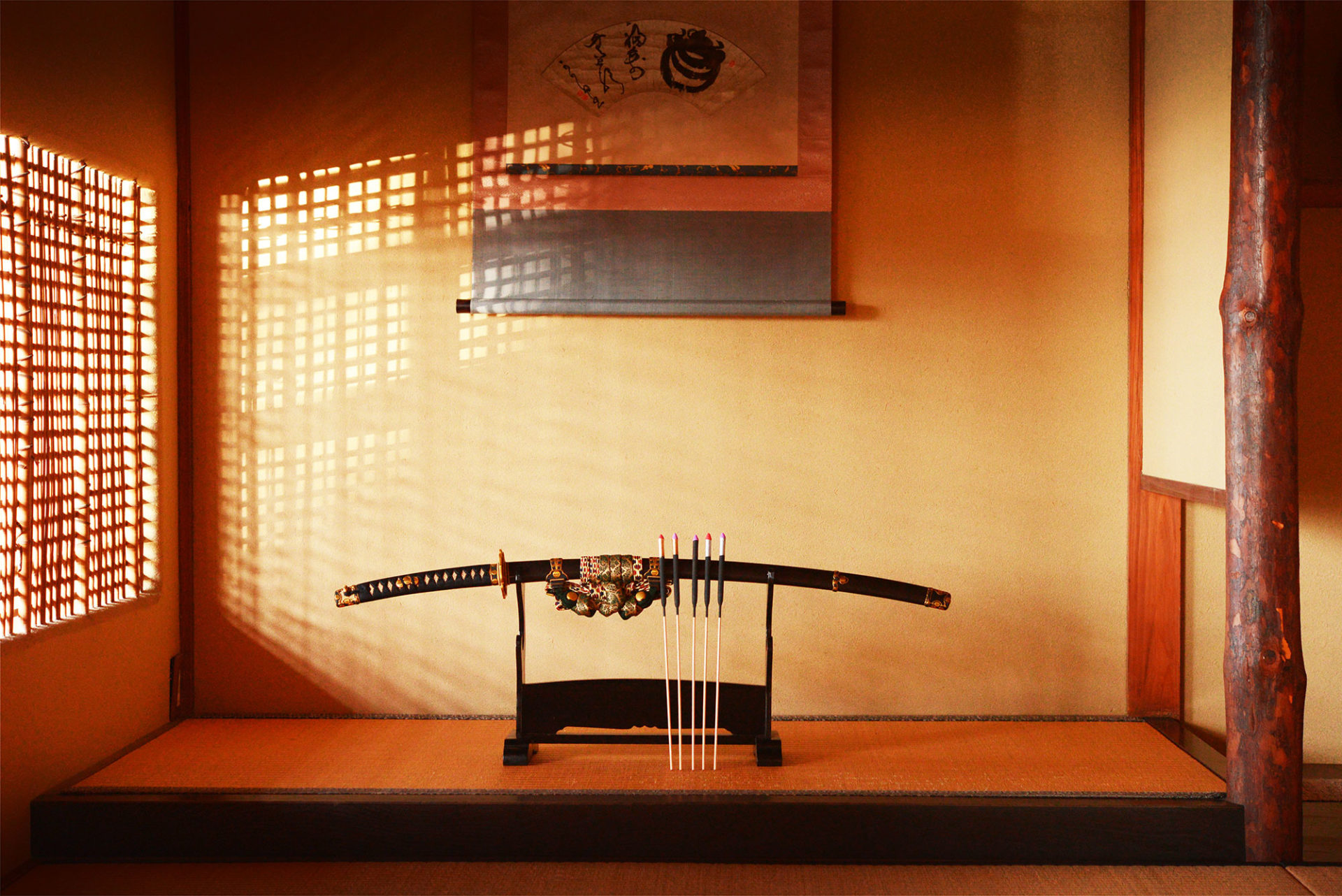
和のこころを今に受け継ぐ、駿河伝統手持花火
The traditional handheld fireworks of Suruga Province which is still appreciated today as a symbol of the Japanese spirit.
「義助」は、日本の伝統花火である「和火」と、海外で評価の高い「紗火」を組み合わせた特別な花火セットのブランドです。
材料を同じくする刀と花火、そして地元島田の刀鍛治の名工 義助への敬意とご縁への謝意を込めて命名しました。
金色の小鈴の花火や柳の火花が舞うように咲く、可愛らしさと情緒を兼ね備えた和火「粋/華/極」。
鮮やかな鉄の金花を長時間楽しめる紗火「神威 金/銀」。
江戸時代、東海道五十三次の宿場町であったここ島田の地で、長い期間に渡り試行錯誤を繰り返し、かつての旅人たちが楽しんでいた花火を再現しました。
※特許申請中/商標取得済
“Yoshisuke” is the special set of the traditional Japanese fireworks “Wabi” and fireworks highly rated abroad “Sabi.”
It is named after Yoshisuke, a renowned master of the Shimada Blacksmith Group, with respect and gratitude for our relationship with him; it is also a tribute to the affinity of swords and fireworks, which share the same materials.
The lights of the traditional Japanese atmosphere ——Wabi (Japanese fire) “Iki/Hana/Kiwami.”
Iron particles are transformed into golden flowers ——Sabi (silk gauze) “Kamui Gold/Silver.”
After years of trial and error here in Shimada, Shizuoka Prefecture, a post town of Fifty-three Stations on the Tokaido highway in the Edo era, we reproduced the same fireworks which the travelers enjoyed in the past.
*Patents – patented and pending / *Trademark – pending
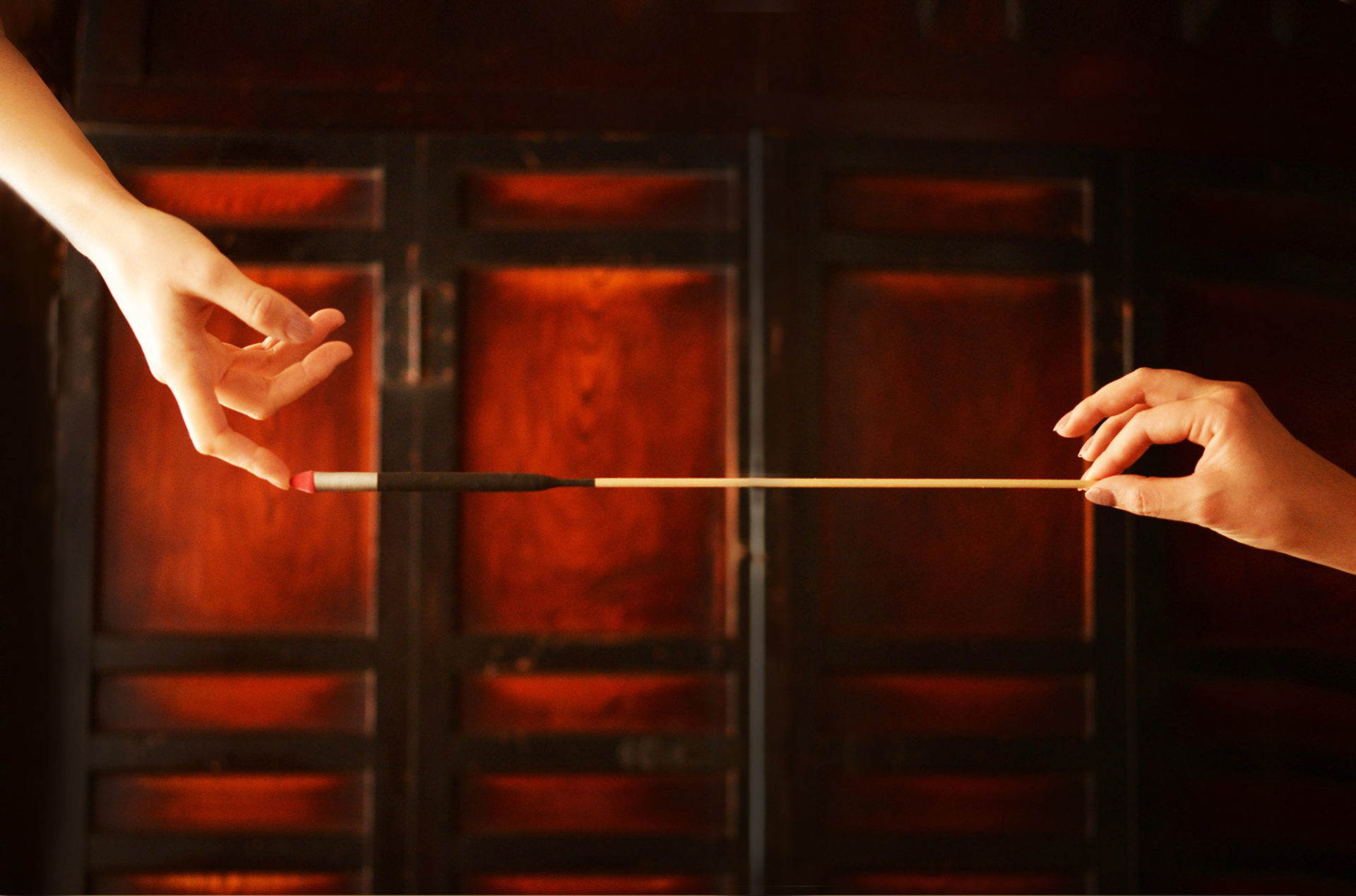
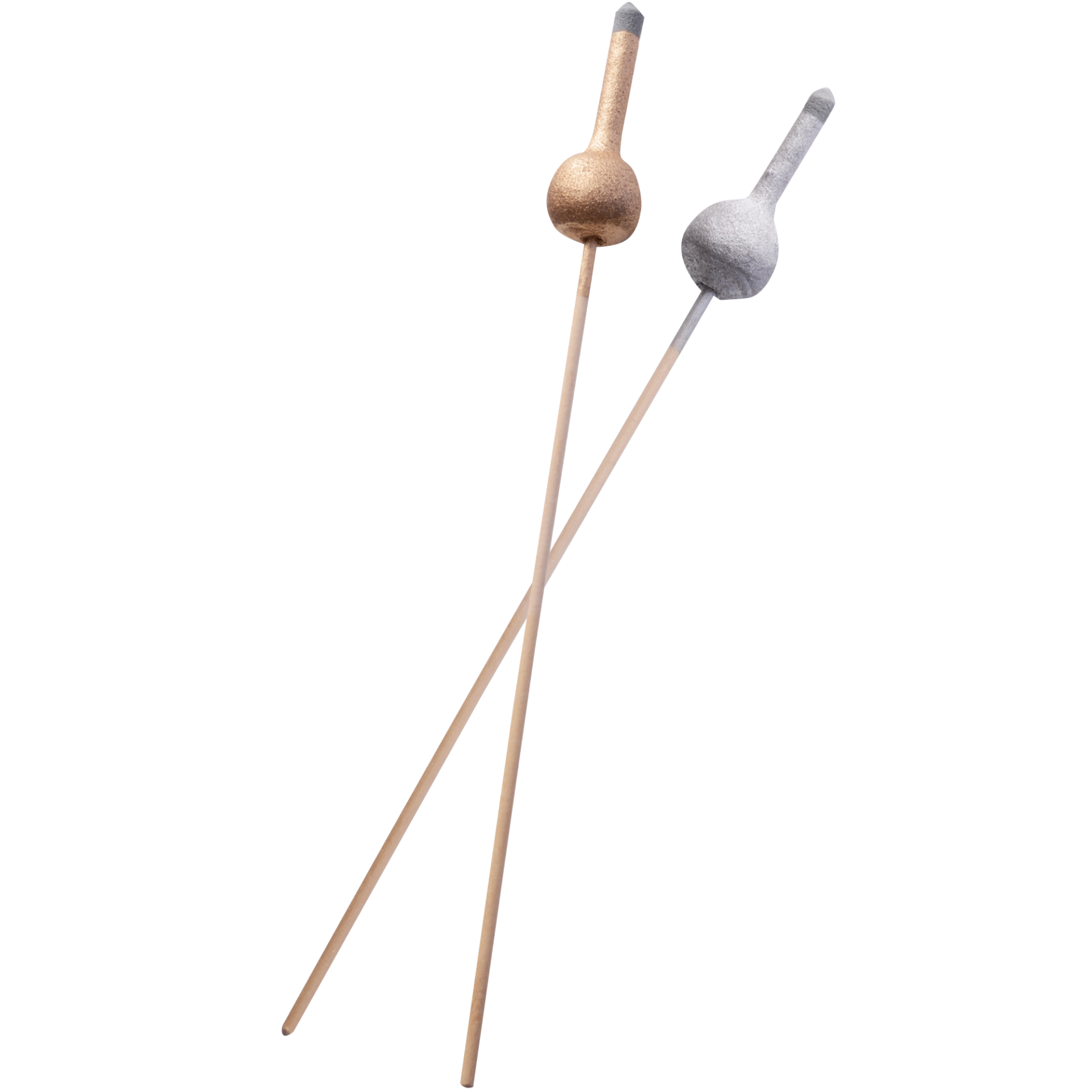
「神威 金」「神威 銀」
“Kamui (Dignity of God) Gold” “Kamui Silver”
鉄の粒子からなる火花が、美しい金色の花となって連続的に花開きます。
球体付きのため、立体感ある火花を楽しめます。
※金/銀の外見は異なりますが、共通の火薬が使われた同種の花火です。
These fireworks, made with iron powder, sparkle in the air to display sequences of golden flowers. You can enjoy the three-dimensional effect due to the round bulb attached to the stem of the fireworks.
*Although the paint on those fireworks is different, gold and silver, they are the same kind of fireworks made with identical gunpowder.
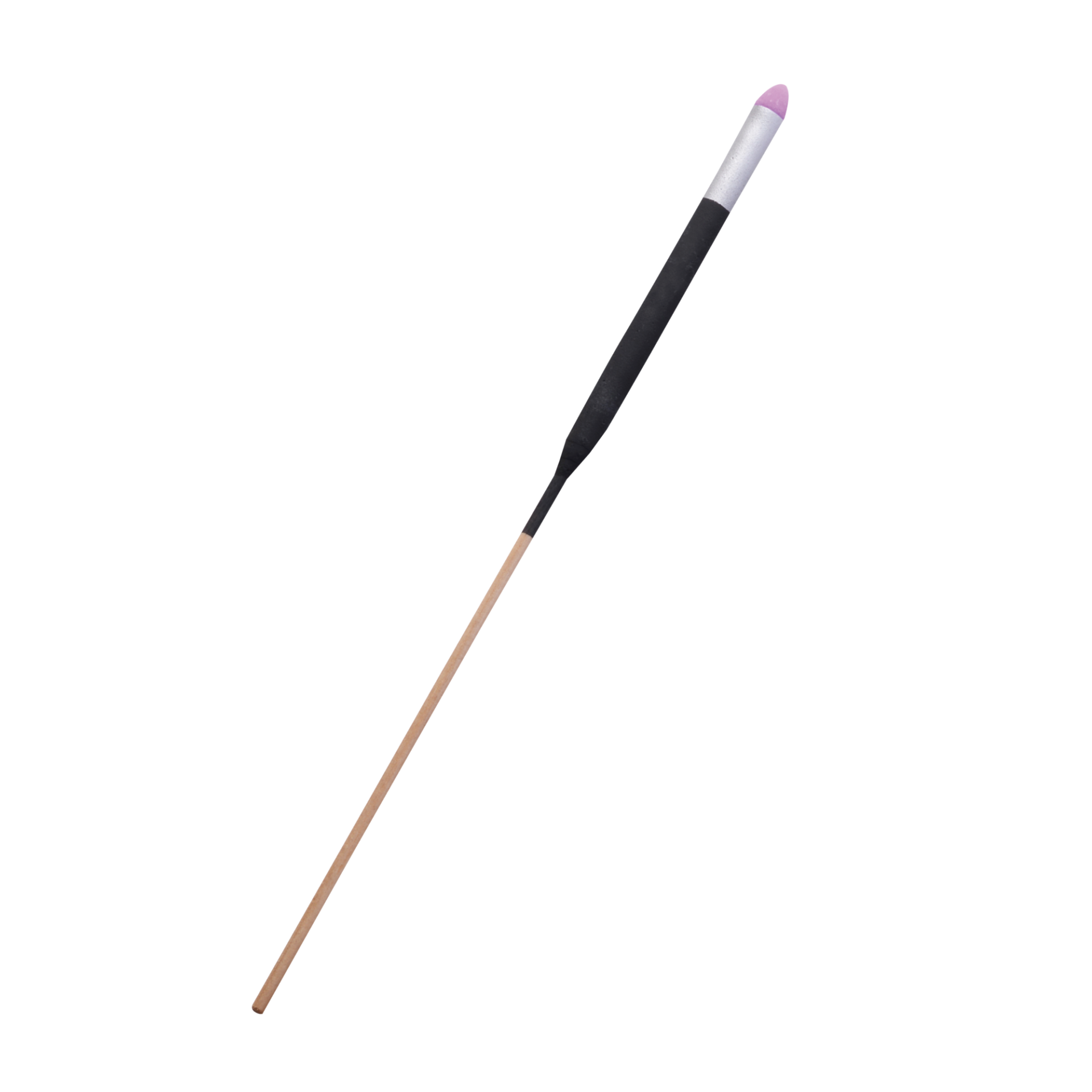
「粋」
“Iki” (trendy)
素材が空気中で発火して、まばゆい閃光を連続的に発します。
その様子はまるで金色の鈴が辺り一面に舞っているかのようです。
The materials ignite in the air, and dazzling lights are displayed sequentially. The fireworks display seems like golden bells dancing around.

「華」
“Hana” (gorgeous)
木炭と鉄を含んだ素材が発火すると、橙色の火花と金色の火花が舞い散ります。
しなやかな柳の枝のように咲く花をご鑑賞ください。
When the materials, including charcoal, are ignited, orange and gold sparks are scattered around. Enjoy golden flowers blooming and their stems.

「極」
“Kiwami” (ultimate)
火薬の特殊な組み合わせによって、金色に点滅する火花が生じます。
明暗を繰り返す光の表情にどうぞご注目を。
A unique mixture of gunpowder is used to create blinking gold sparks. Enjoy the expression of flashes which make brightness and darkness alternately.

島田の花火と刀
Fireworks and sword in Shimada
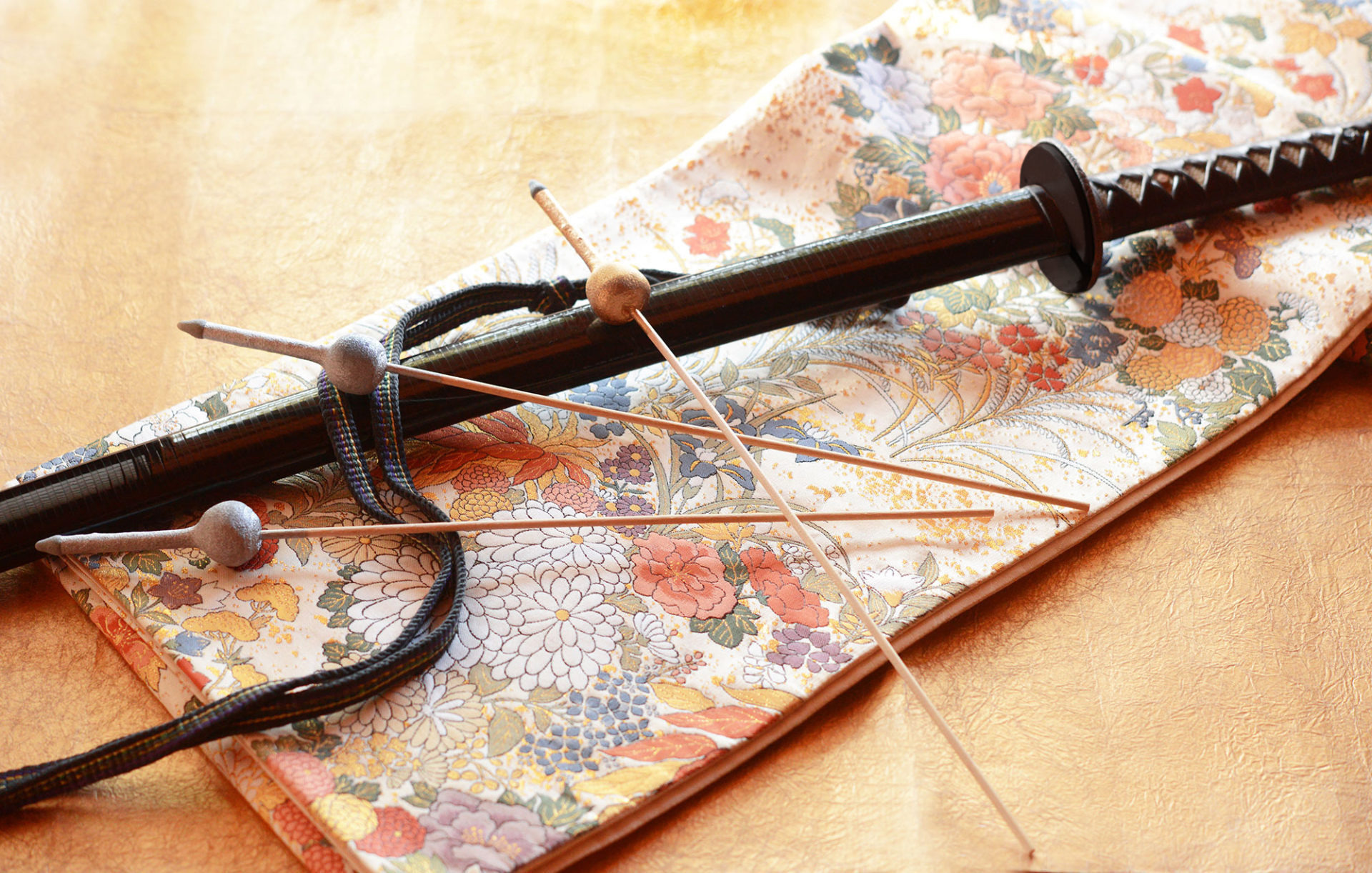
時は江戸、東海道五十三次の宿場である駿河国(するがのくに)の島田宿は、産業や文化発展の要となっていた大河、大井川の左岸にありました。
当時東海道屈指の荒れ川だった大井川には橋がなく、「箱根八里は馬でも越すが、越すに越されぬ大井川」と、街道筋の難所の一つとしてその名を知られていました。
大井川が大雨で増水すると、川の往来は禁止され「川留め」となります。川留めで江戸から京都方面へ上る旅人が足止めされると、島田宿はさながら江戸のような賑わいを見せました。
旅人は旅籠で過ごし、郷愁を誘う夕刻のささやかな慰めとして、大井川流域で手に入る赤松の炭と砂鉄のほか、硝石や硫黄などの和火材(わびざい)を細い葦の管に詰めた花火を楽しんだそうです。
島田は、戦国時代から江戸時代にかけて、幾人もの刀鍛冶の名工を輩出した土地でもあります。
中でも島田鍛冶の棟梁「義助(よしすけ)」は、最も名声が高く、初代義助は備前伝(※)の作風から後に相州伝(※)や美濃伝(※)を取り入れた作風へと、時代の流れを取り入れた研究熱心な刀鍛冶師でした。
刀鍛冶にとっても、刀の材料となる質の良い砂鉄と鍛錬に必要な高温で燃える赤松の炭は不可欠であり、ここに花火と刀の共通項を見ることができます。
そして同じ頃、鉄砲や火薬、観賞用の花火が伝来します。
古文書「駿府政事録」には慶長18年(1613年)、当時の中国の王朝、明の商人がイギリス人を連れて駿河国の徳川家康を訪ね、城内で花火を鑑賞したと書かれています。
定説「日本で最初に花火を観た人物は徳川家康」の根拠となる記録です。
この花火が徳川家の鉄砲組を感化し、駿河国で花火の製作が始まったと言われています。
そして2020年、わたしたちはここ島田の地で、長い期間に渡り試行錯誤を繰り返し、かつての旅人たちが楽しんでいた花火をようやく再現させました。
金色の小鈴の花火や柳の火花が舞うように咲く、可愛らしさと情緒を兼ね備えた「粋/華/極」と、鮮やかな鉄の金花が長時間楽しめる「神威 金/銀」です。
これらを総括したブランドには、島田刀鍛冶の名工への敬意を表して「義助」と名をつけました。
先人の知恵や技術を活かし、色彩や閃光の様相を現代調に仕上げた和のこころを今に受け継ぐ、駿河伝統手持花火です。
どうぞごゆっくりご堪能くださいませ。
注
※備前伝:平安時代から室町時代にかけて、日本一の日本刀の産地として栄えた備前国(現在の岡山県東部)と、その近辺で輩出された刀工による日本刀の鍛錬法(※)
※相州伝:鎌倉幕府の成立を機に相模国(現在の神奈川県)で生まれた日本刀の鍛錬法
※美濃伝:美濃国(現在の岐阜県)で南北朝時代に生まれ、戦国時代に急激に繁栄した日本刀の鍛錬法
※鍛錬:叩いて伸ばし、折り曲げて重ね合わせ、さらに叩いて1枚にするのを繰り返して金属を打ち、鍛える工程
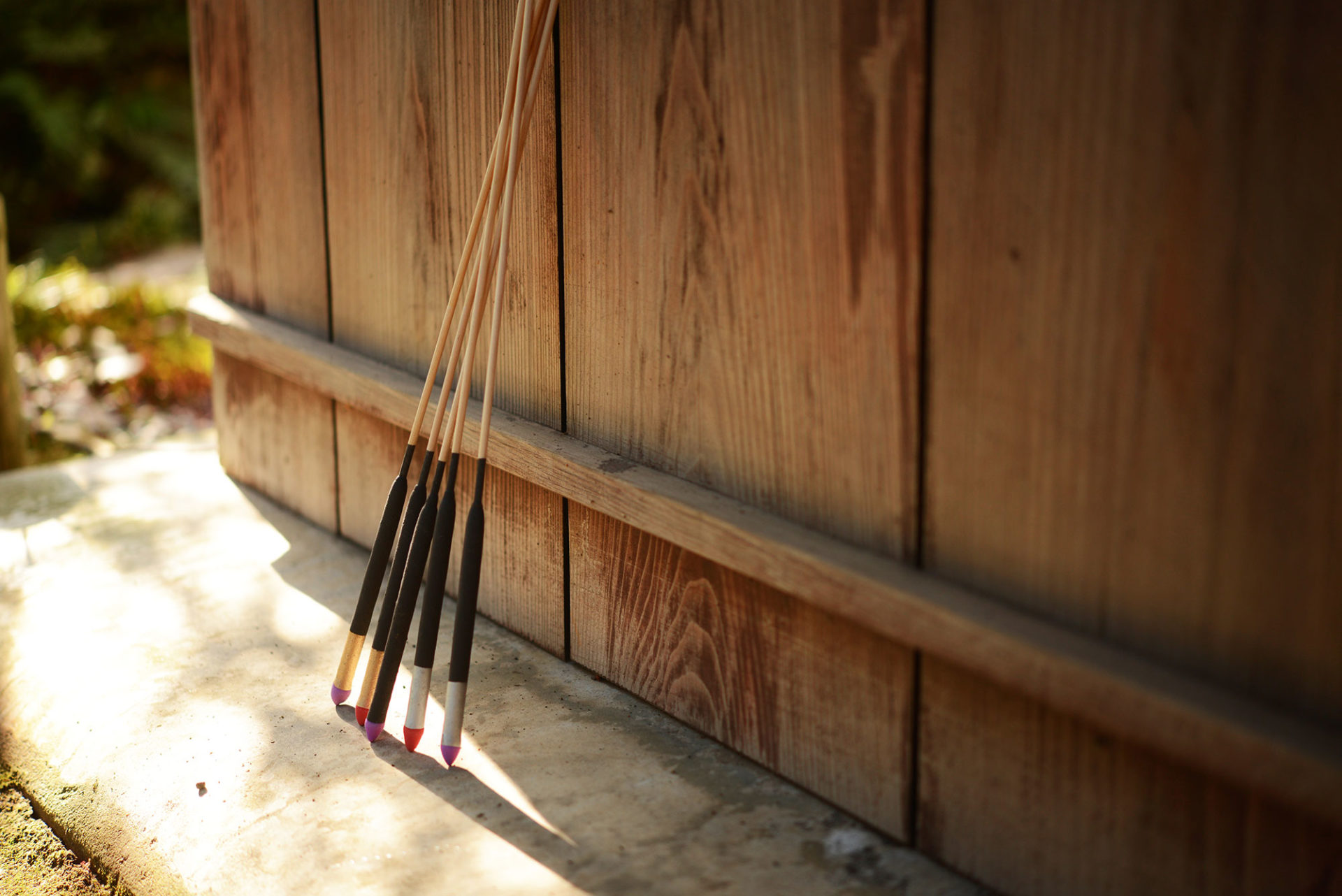
In the Edo Period, Shimada-shuku, a post town of Fifty-three Stations on the Tokaido highway, was located on the left bank of a large river called the Ōi River, a center of industry and culture. Although the Ōi River was unruly, it did not bridge. As the poem below indicates, it was known as one of the most challenging post stations of the Fifty-three Stations on the Tokaido to pass through.
“Although horses can get over eight ri (31 km) of Hakone, the Ōi River is even harder to cross.”
Heavy rains would cause a rise in water levels, and people were banned from crossing the river. Shimada-shuku then bustled as if it were the city of Edo itself, with crowds of people on the way from Kyoto to Edo who had no choice but to stay in Shimada-shuku.
During the stay, travelers found some comfort in the fireworks created by stuffing thin stems of reed with “Wabizai” (materials for fireworks), such as saltpeter and sulfur, as well as local iron sand and charcoal made from the Japanese red pine trees found on the banks of the Ōi River.
Shimada was also a place where many renowned swordsmiths emerged between the Sengoku Period and the Edo Period.
Yoshisuke was a distinguished master blacksmith in the Shimada Blacksmith Group.
Yoshisuke the First was an enthusiastic swordsmith researcher, too. He was aware of the trends of the time and adopted first the Bizenden* style, then the Sousyuuden* style, and later, the Minoden* style.
We can see here a similarity between fireworks and swords since swordsmiths also had to prepare high-quality iron sand and charcoal made from Japanese red pine trees to produce the high temperature required for forging.
At the same time, guns, gunpowder, and fireworks for pleasure were imported from China.
There is a statement in one ancient document entitled “Records of Sunpu Government” that in 1613, a merchant from the dynasty of Ming in China visited Ieyasu Tokugawa in Suruga Province with an Englishman and displayed fireworks for Ieyasu Tokugawa inside the castle.
This record proves an accepted opinion that ”Ieyasu Tokugawa was the first person to have seen fireworks in Japan.”
The fireworks here motivated Teppo-gumi (the Gun Squad) to start producing fireworks in Suruga Province.
Time has passed, and we will move on to the modern “Yoshisuke.”
After years of trial and error, we have finally reproduced the same fireworks travelers enjoyed in the past here in Shimada, Shizuoka Prefecture, where fireworks have a strong relationship.
There are four kinds altogether - “Iki/Hana/Kiwami” fireworks that display small round golden bells and weeping willow trees that sparkle as if dancing in the air. With “Kamui Gold/Silver,” you can enjoy the brilliant golden flowers of iron powder.
We named these fireworks “Yoshisuke” as an integrated brand name in honor of the renowned swordsmith of the Shimada Blacksmith Group.
We named these fireworks “Yoshisuke” as an integrated brand name for the above four types of fireworks in honor of the renowned swordsmith of the Shimada Blacksmith Group.
While we respect the heritage of our ancestors’ wisdom and skill, fireworks’ colors and sparkling patterns are completed in a modern style.
Please take your time to appreciate “Yoshisuke” fully.
Note:
*Bizenden: Name of the method of tempering Japanese swords devised by the swordsmiths who appeared in Bizen Province (currently the Eastern part of Okayama Prefecture) and its surroundings. Bizen Province prospered as a region producing the best Japanese swords in the Heian and Muromachi eras. (*)
*Soshuden: Name of the method of tempering Japanese swords devised initially in Sagami Province (currently Kanagawa Prefecture) when establishing the Kamakura bakufu (a Japanese feudal government headed by a shogun).
*Minoden: Name of the method of tempering Japanese swords devised in Mino Province (currently Gifu Prefecture) in the period of the Northern and Southern Courts that suddenly flourished in the Age of Civil Wars.
*Tanren: Name of the forging process in which metal is struck and folded repeatedly to make a forged sheet.



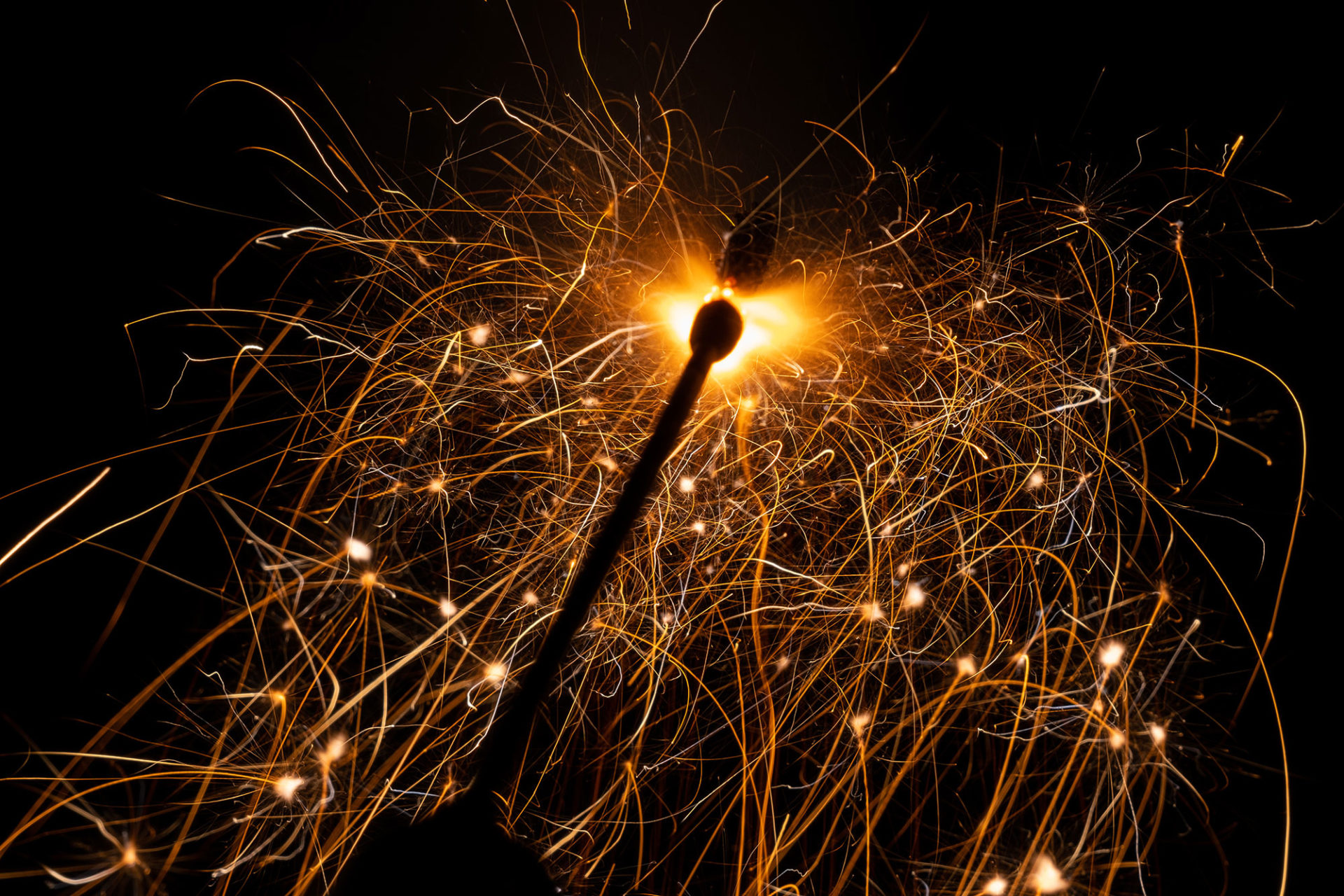
映像
Movie
Promotion movie
各花火の燃え方
1. 「粋」(黒×シルバーの花火)
2. 「華」(黒の花火)
3. 「極」(黒×ゴールドの花火)
4. 「神威 金/銀」(丸いゴールドとシルバーの花火)
の順でご紹介いたします。
How the fireworks burn
The fireworks will be introduced in the following order:
1. “Iki” - black and silver fireworks
2. “Hana” - black fireworks
3. “Kiwami”- black and gold fireworks
4. “Kamui Gold/Silver” - Round silver and gold fireworks
